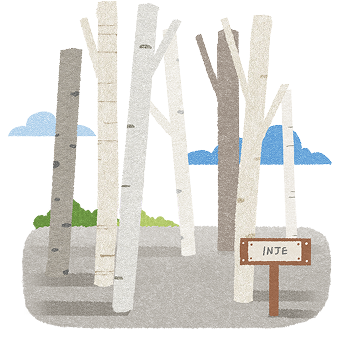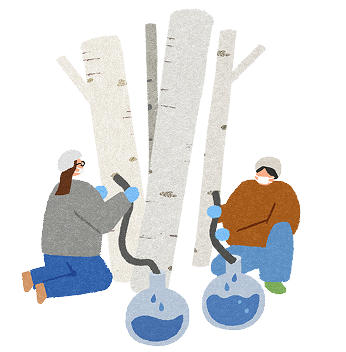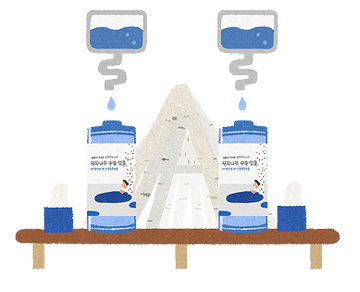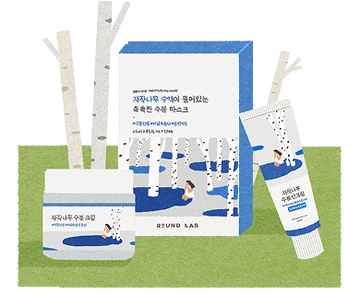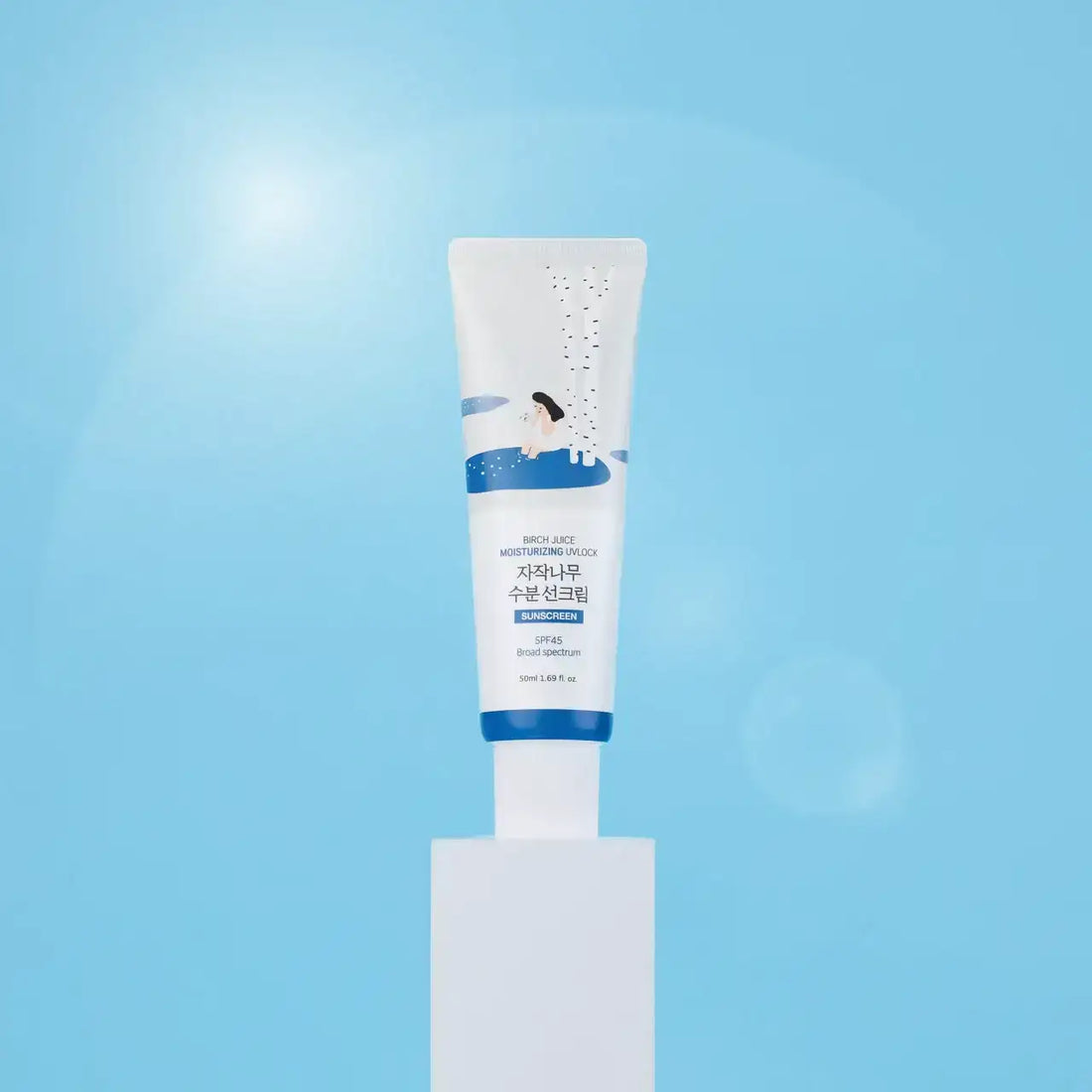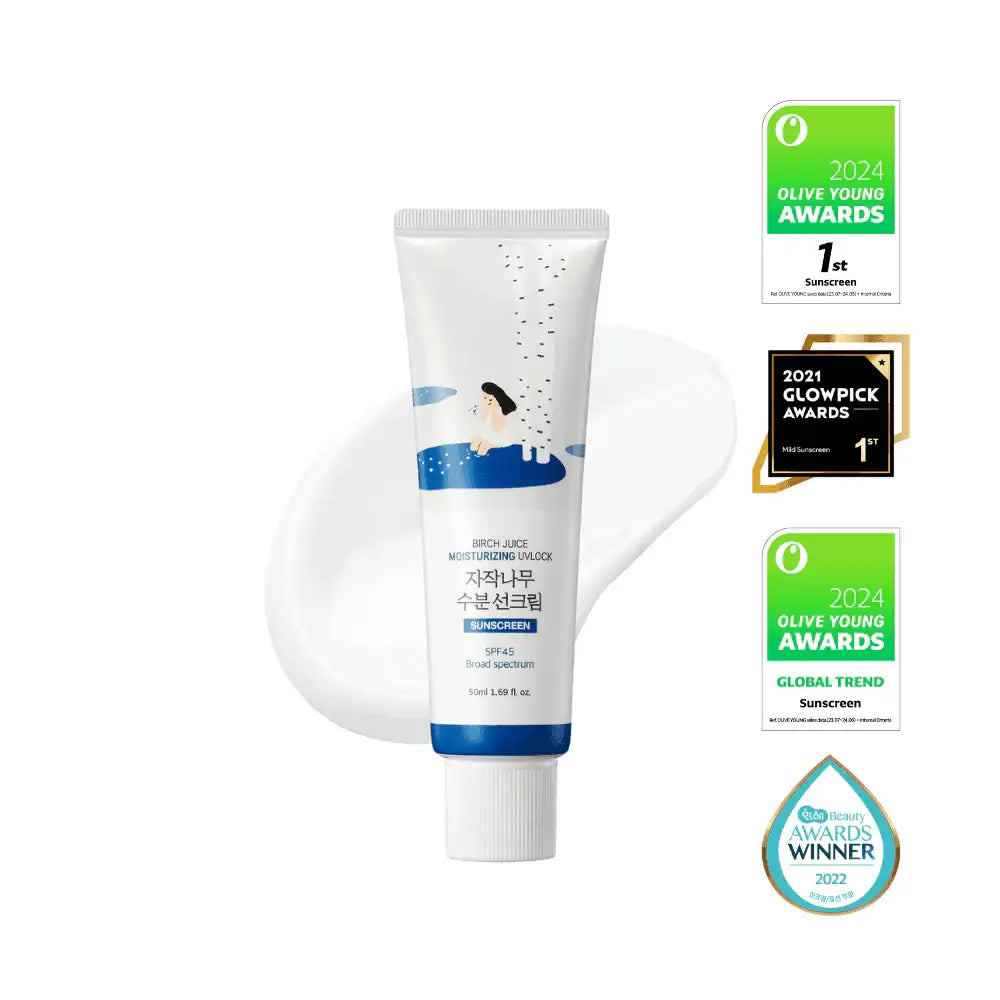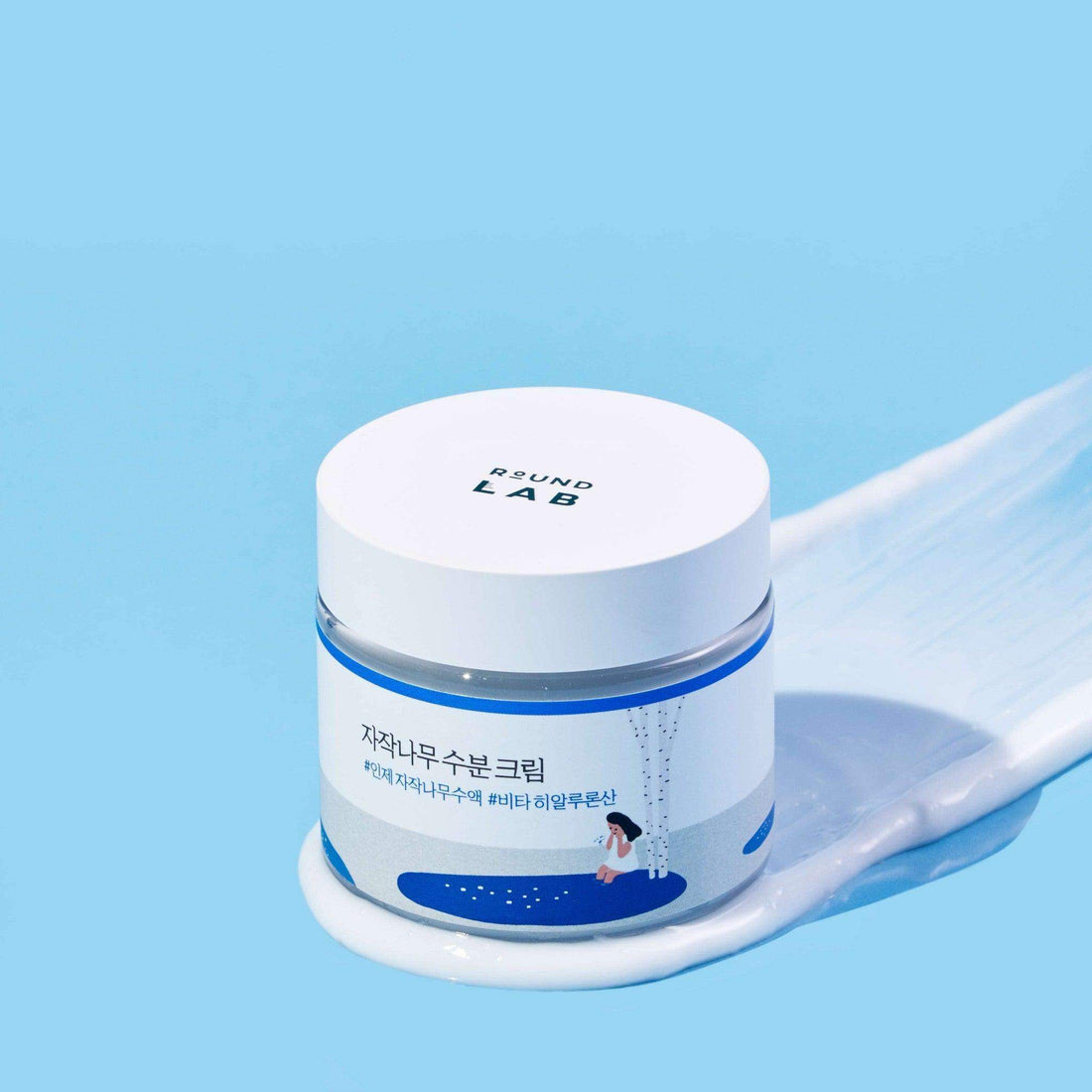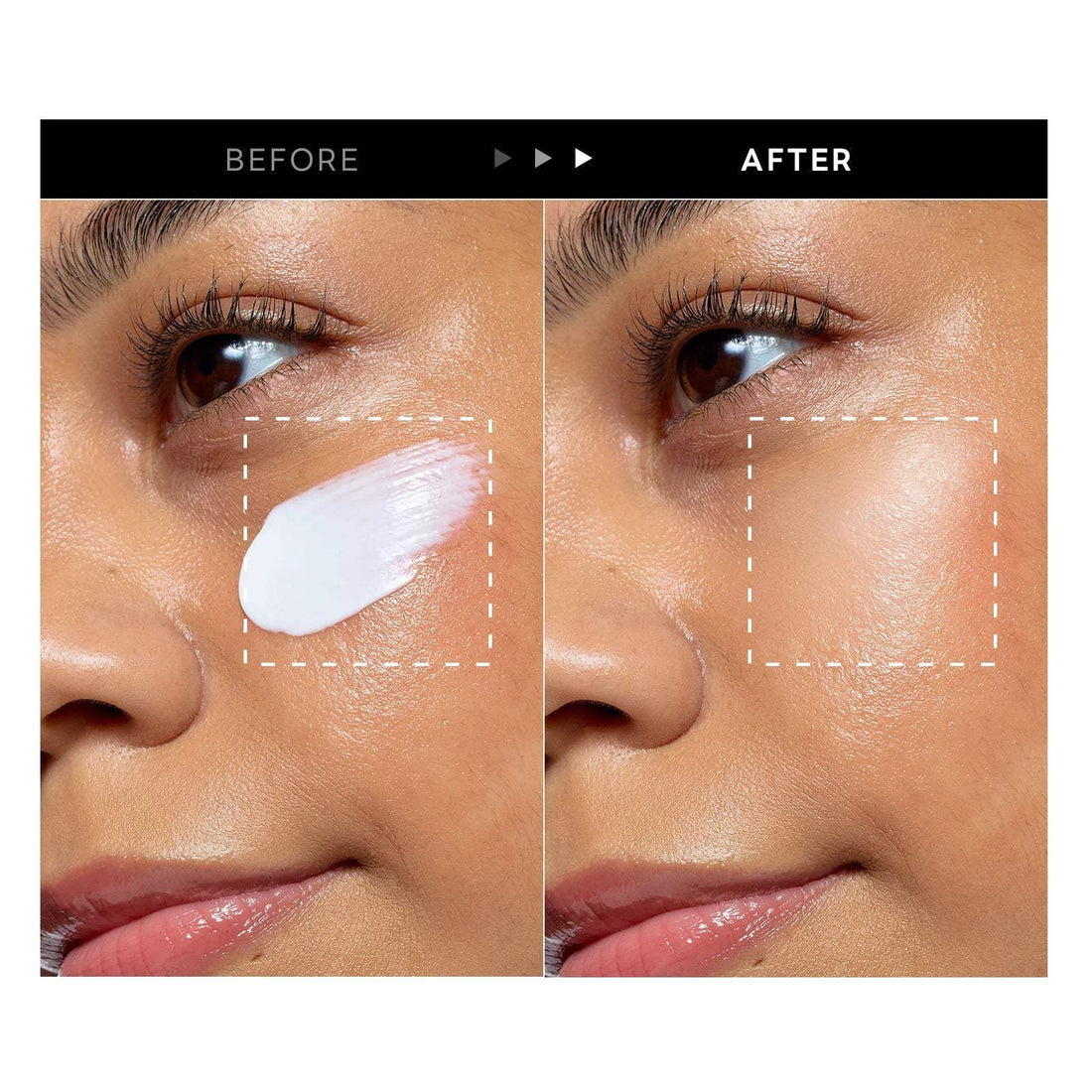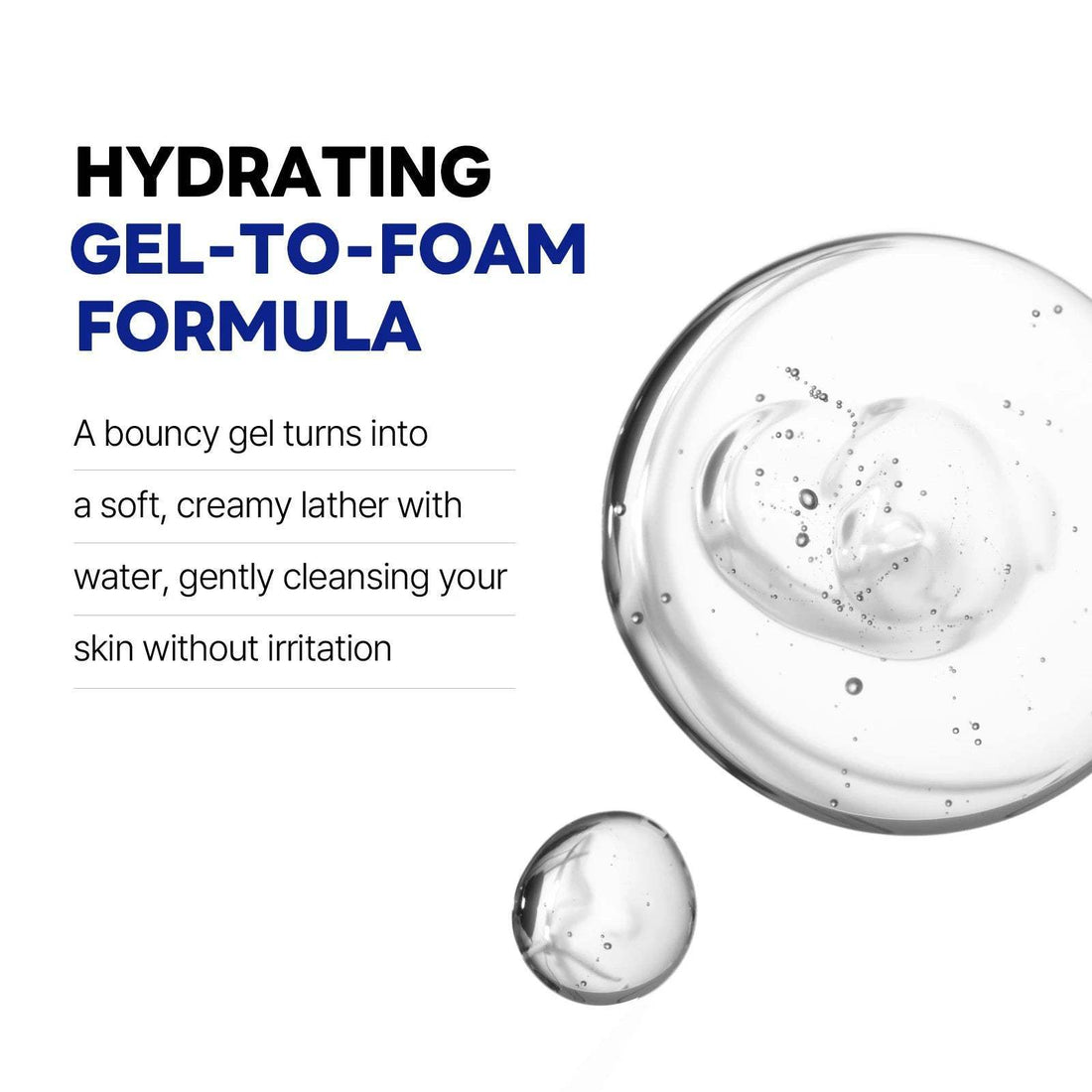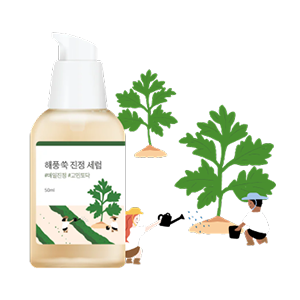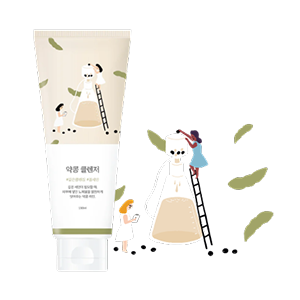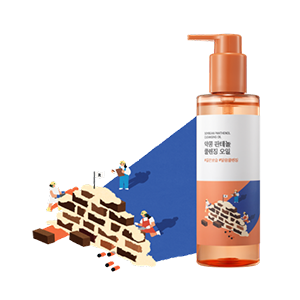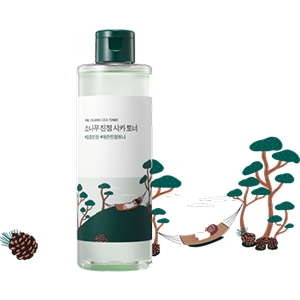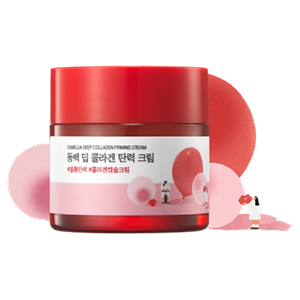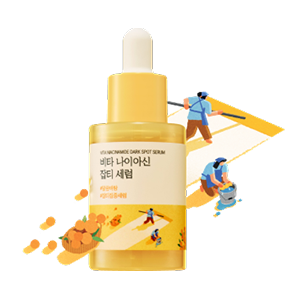About Birch Trees
Birch trees, refreshingly tall and snow-white, have been nicknamed “the queen of the forest” for their romantic association with unspoiled mountain streams and wintry nights. Their white bark, which can remain preserved for over a thousand years, naturally peels into thin layers that were once repurposed as “paper” in ancient times. Additionally, their roots, sap, and even the mushrooms growing on them have long been used for medicinal purposes.
In spring, before the leaves emerge, birch tree sap is harvested by creating a small hole in the trunk, allowing its "white sap" to flow. This slightly sweet sap is naturally rich in NMF (Natural Moisturizing Factor) — a blend of ingredients that the skin produces to keep the stratum corneum hydrated. These include amino acids, lactic acid, pyrrolidone carboxylic acid (PCA), and hyaluronic acid.


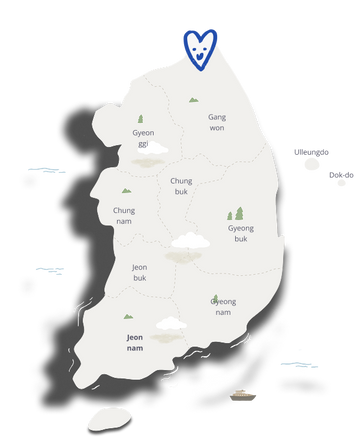
Inje pronounced in-jae
Inje, full of mountain peaks and untouched by human hands, is home to the first Birch tree forest in Korea.
Birch trees can also be found across the northern part of America. The white-barked tree used widely by trading native nations and Voyageurs, grows from Alaska to Maine, but only as far south as the mountains of Virginia, Tennessee and Oregon.
Birch Tree’s Skin Moisturization Effect Experiment

20% humidity
Used Corneometer CM 825 to measure and compare the change in human skin’s level of moisturization over time and against water. Experiment was performed in room temperature at 68 degrees Fahrenheit with 20% humidity.
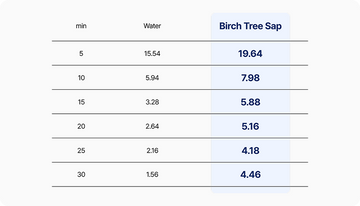
2-3x more effective moisture
As demonstrated in the graph, Birch Tree sap is 2-3x more effective than water in maintaining moisture in our skin.













